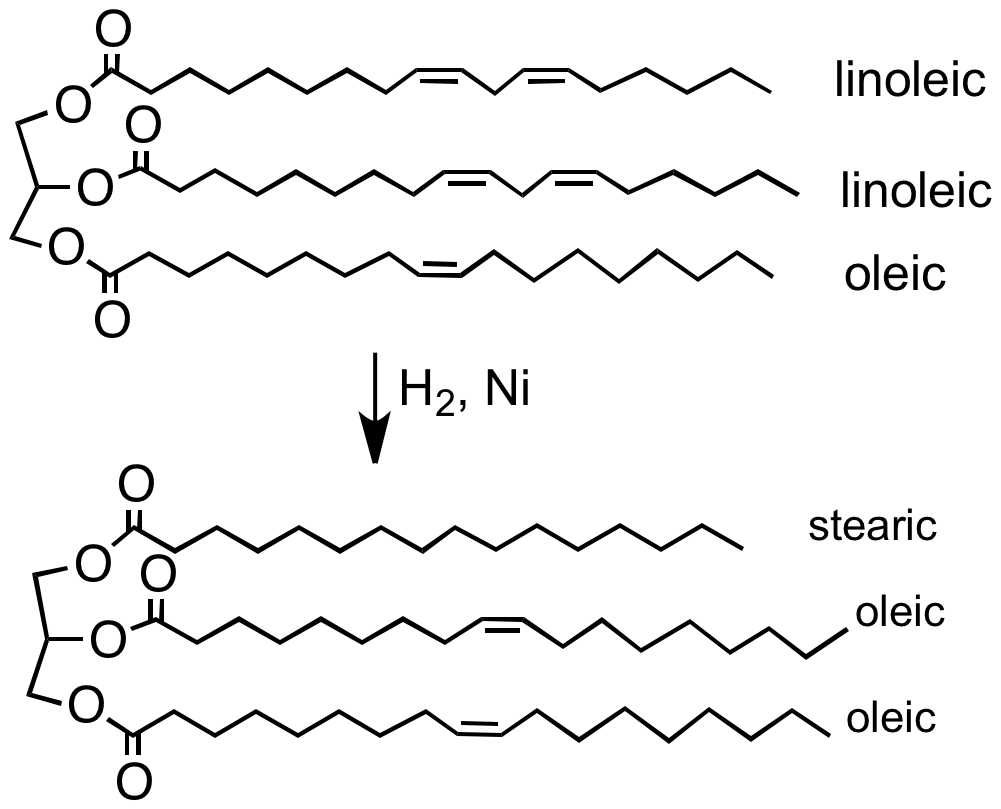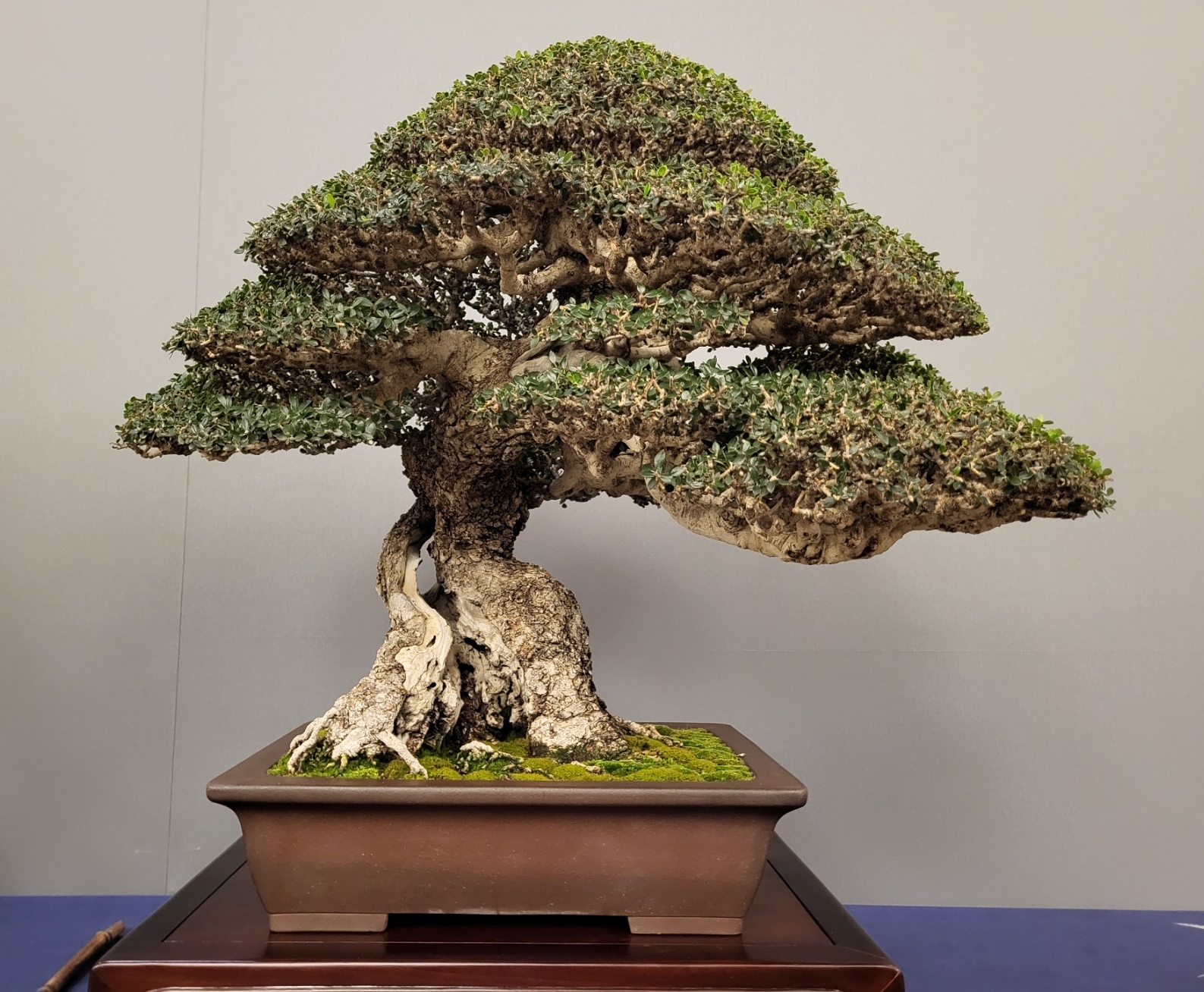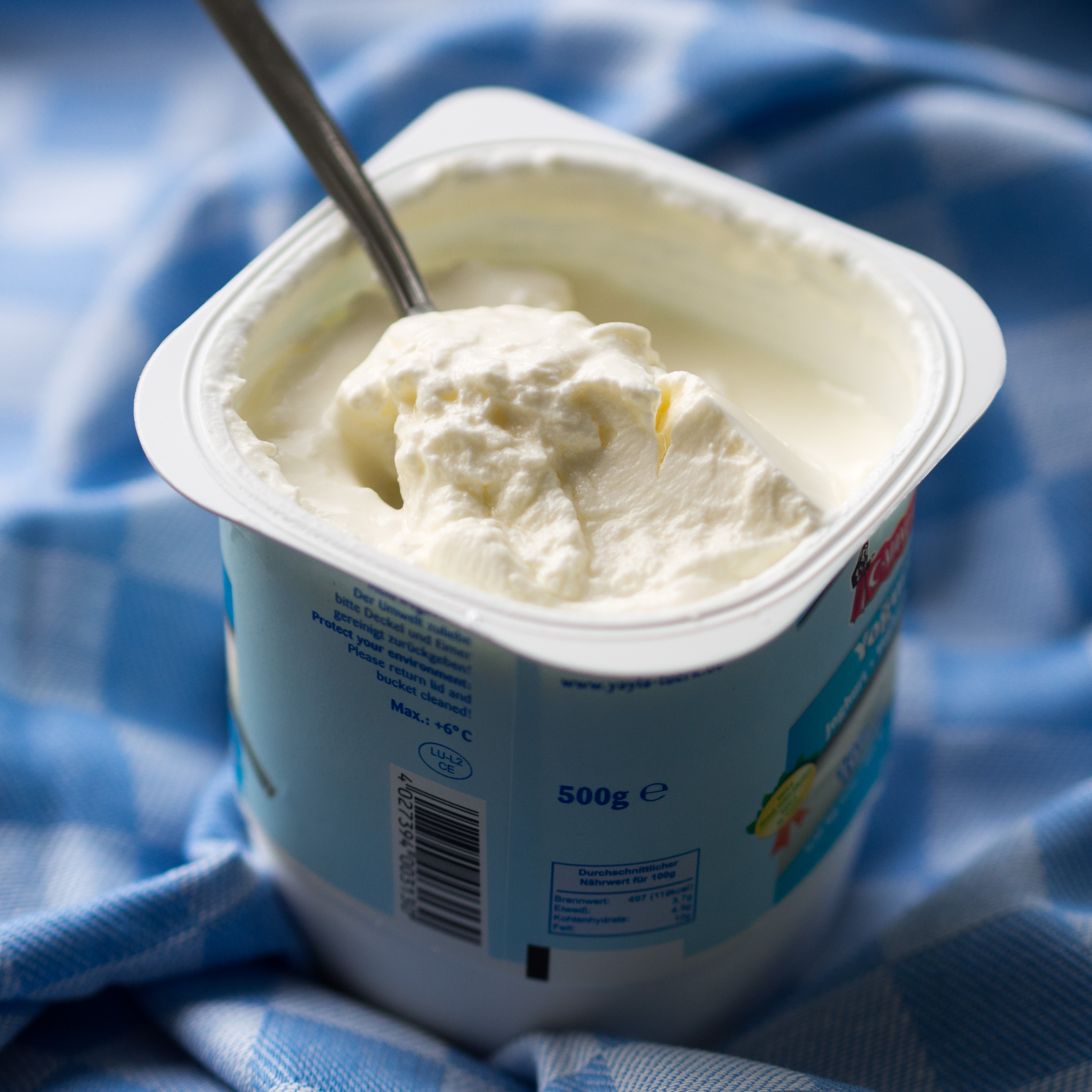|
Brelett
Brelett is a Norwegian brand of margarine produced by Fjordland. It has a market share of 72% in the domestic light margarine category. The margarine contains both milk and vegetable fats, giving it a more buttery taste than pure margarine. In 2006, 10,347,395 packages of Brelett were sold. The product was launched by the cooperative dairy Tine in 1987, though it was transferred to Fjordland in 1995. Brelett is sold in three sizes: 250 g, 400 g and 550 g. In addition, 250 g packages are available with olive and yogurt Yogurt (; , from , ; also spelled yoghurt, yogourt or yoghourt) is a food produced by bacterial Fermentation (food), fermentation of milk. Fermentation of sugars in the milk by these bacteria produces lactic acid, which acts on milk protein to ... based Brelett. References External links Fjordland on Brelett {{Agricultural cooperatives in Norway Norwegian brands ... [...More Info...] [...Related Items...] OR: [Wikipedia] [Google] [Baidu] |
Fjordland
Fjordland is a Norwegian food manufacturer that produces easy made dinners, margarine, yogurt and other dessert dairy products. It is owned by the three agricultural cooperatives Tine, Nortura and Hoff and uses raw products from the three owners as well as seafood. In addition to dinners branded as Fjordland, the company makes the product brands Brelett, Bremykt, Kos, Safari and Yoplait. The company was founded in 1994 by Tine with the responsibility of producing Bremykt, Brelett and Tine Grøt. In 1996 Norsk Kjøttsamvirke, Norske Potetindustrier and Prior Norge Prior Norge is a defunct Norwegian white meat and egg processing company organised as an agricultural cooperative. The company merged with Gilde Norsk Kjøtt in 2006 to create Nortura. The Prior brand is still used. History The first nati ... bought part of the company. The dinner courses were launched in 1997. {{Agricultural cooperatives in Norway Food and drink companies of Norway Cooperatives i ... [...More Info...] [...Related Items...] OR: [Wikipedia] [Google] [Baidu] |
Margarine
Margarine (, also , ) is a Spread (food), spread used for flavoring, baking, and cooking. It is most often used as a substitute for butter. Although originally made from animal fats, most margarine consumed today is made from vegetable oil. The spread was originally named ''oleomargarine'' from Latin for ''oleum'' (olive oil) and Greek language, Greek ''margarite'' ("pearl", indicating luster). The name was later shortened to ''margarine'', or sometimes ''oleo'' (particularly in the Deep South). Margarine consists of a water-in-fat emulsion, with tiny droplets of water dispersed uniformly throughout a fat phase (chemistry), phase in a stable solid form. While butter is made by concentrating the butterfat of milk through centrifugation, modern margarine is made through a more intensive processing of refined vegetable oil and water. Per US federal regulation, products must have a minimum fat content of 80% (with a maximum of 16% water) to be labeled as such in the United States, ... [...More Info...] [...Related Items...] OR: [Wikipedia] [Google] [Baidu] |
Tine (company)
TINE SA () is the largest Norwegian dairy product cooperative consisting of around 15,000 farmers and 5,600 employees. As of 2013, it has a revenue of 20.4 billion Norwegian kroner (NOK) ($3.41bn, £2.04bn, €2.50bn). The parent company, TINE SA, is a cooperative society owned by its suppliers, the milk producers who deliver milk to the company. The corporation domestically offers the entire spectrum of dairy products, and in many dairy categories, Tine faces little or no domestic competition. This monopolistic position has led to criticism of Tine when shortages occur. Tine's internationally known products are Jarlsberg cheese, Snøfrisk goat cheese, Heidal cheese, Ridder cheese, and Ski-Queen (brunost). Tine is the most dominant of the thirteen agricultural cooperatives in Norway. History Dairy cooperatives in Norway go back to 1856, with the first nationwide dairy co-op ''Den Norske Meieriforening'' (the Norwegian Dairy Association) being founded in 1881. The company d ... [...More Info...] [...Related Items...] OR: [Wikipedia] [Google] [Baidu] |
Norway
Norway, officially the Kingdom of Norway, is a Nordic countries, Nordic country located on the Scandinavian Peninsula in Northern Europe. The remote Arctic island of Jan Mayen and the archipelago of Svalbard also form part of the Kingdom of Norway. Bouvet Island, located in the Subantarctic, is a Dependencies of Norway, dependency, and not a part of the Kingdom; Norway also Territorial claims in Antarctica, claims the Antarctic territories of Peter I Island and Queen Maud Land. Norway has a population of 5.6 million. Its capital and largest city is Oslo. The country has a total area of . The country shares a long eastern border with Sweden, and is bordered by Finland and Russia to the northeast. Norway has an extensive coastline facing the Skagerrak strait, the North Atlantic Ocean, and the Barents Sea. The unified kingdom of Norway was established in 872 as a merger of Petty kingdoms of Norway, petty kingdoms and has existed continuously for years. From 1537 to 1814, Norway ... [...More Info...] [...Related Items...] OR: [Wikipedia] [Google] [Baidu] |
Brand
A brand is a name, term, design, symbol or any other feature that distinguishes one seller's goods or service from those of other sellers. Brands are used in business, marketing, and advertising for recognition and, importantly, to create and store value as brand equity for the object identified, to the benefit of the brand's customers, its owners and shareholders. Brand names are sometimes distinguished from Generic brand, generic or store brands. The practice of branding—in the original literal sense of marking by burning—is thought to have begun with the ancient Egyptians, who are known to have engaged in livestock branding and branded slaves as early as 2,700 BCE. Branding was used to differentiate one person's cattle from another's by means of a distinctive symbol burned into the animal's skin with a hot branding iron. If a person stole any of the cattle, anyone else who saw the symbol could deduce the actual owner. The term has been extended to mean a strategic person ... [...More Info...] [...Related Items...] OR: [Wikipedia] [Google] [Baidu] |
Margarine
Margarine (, also , ) is a Spread (food), spread used for flavoring, baking, and cooking. It is most often used as a substitute for butter. Although originally made from animal fats, most margarine consumed today is made from vegetable oil. The spread was originally named ''oleomargarine'' from Latin for ''oleum'' (olive oil) and Greek language, Greek ''margarite'' ("pearl", indicating luster). The name was later shortened to ''margarine'', or sometimes ''oleo'' (particularly in the Deep South). Margarine consists of a water-in-fat emulsion, with tiny droplets of water dispersed uniformly throughout a fat phase (chemistry), phase in a stable solid form. While butter is made by concentrating the butterfat of milk through centrifugation, modern margarine is made through a more intensive processing of refined vegetable oil and water. Per US federal regulation, products must have a minimum fat content of 80% (with a maximum of 16% water) to be labeled as such in the United States, ... [...More Info...] [...Related Items...] OR: [Wikipedia] [Google] [Baidu] |
Olive
The olive, botanical name ''Olea europaea'' ("European olive"), is a species of Subtropics, subtropical evergreen tree in the Family (biology), family Oleaceae. Originating in Anatolia, Asia Minor, it is abundant throughout the Mediterranean Basin, with wild subspecies in Africa and western Asia; modern Cultivar, cultivars are traced primarily to the Near East, Aegean Sea, and Strait of Gibraltar. The olive is the type species for its genus, ''Olea'', and lends its name to the Oleaceae plant family, which includes species such as Syringa vulgaris, lilac, jasmine, forsythia, and Fraxinus, ash. The olive fruit is classed botanically as a drupe, similar to the cherry or peach. The term oil—now used to describe any Viscosity, viscous Hydrophobe, water-insoluble liquid—was virtually synonymous with olive oil, the Vegetable oil, liquid fat made from olives. The olive has deep historical, economic, and cultural significance in the Mediterranean; Georges Duhamel (author), George ... [...More Info...] [...Related Items...] OR: [Wikipedia] [Google] [Baidu] |
Yogurt
Yogurt (; , from , ; also spelled yoghurt, yogourt or yoghourt) is a food produced by bacterial Fermentation (food), fermentation of milk. Fermentation of sugars in the milk by these bacteria produces lactic acid, which acts on milk protein to give yogurt its texture (food), texture and characteristic tart flavor. Cow's milk is most commonly used to make yogurt. Milk from water buffalo, goats, sheep, ewes, mares, camels, and yaks is also used to produce yogurt. The milk used may be Milk#Creaming and homogenization, homogenized or not. It may be pasteurized or raw milk, raw. Each type of milk produces substantially different results. Yogurt is produced using a culture of Lactobacillus delbrueckii subsp. bulgaricus, ''Lactobacillus delbrueckii'' subsp. ''bulgaricus'' and ''Streptococcus thermophilus'' bacteria. Other Lactobacillus, lactobacilli and Bifidobacterium, bifidobacteria are sometimes added during or after culturing yogurt. Some countries require yogurt to contain a spec ... [...More Info...] [...Related Items...] OR: [Wikipedia] [Google] [Baidu] |




